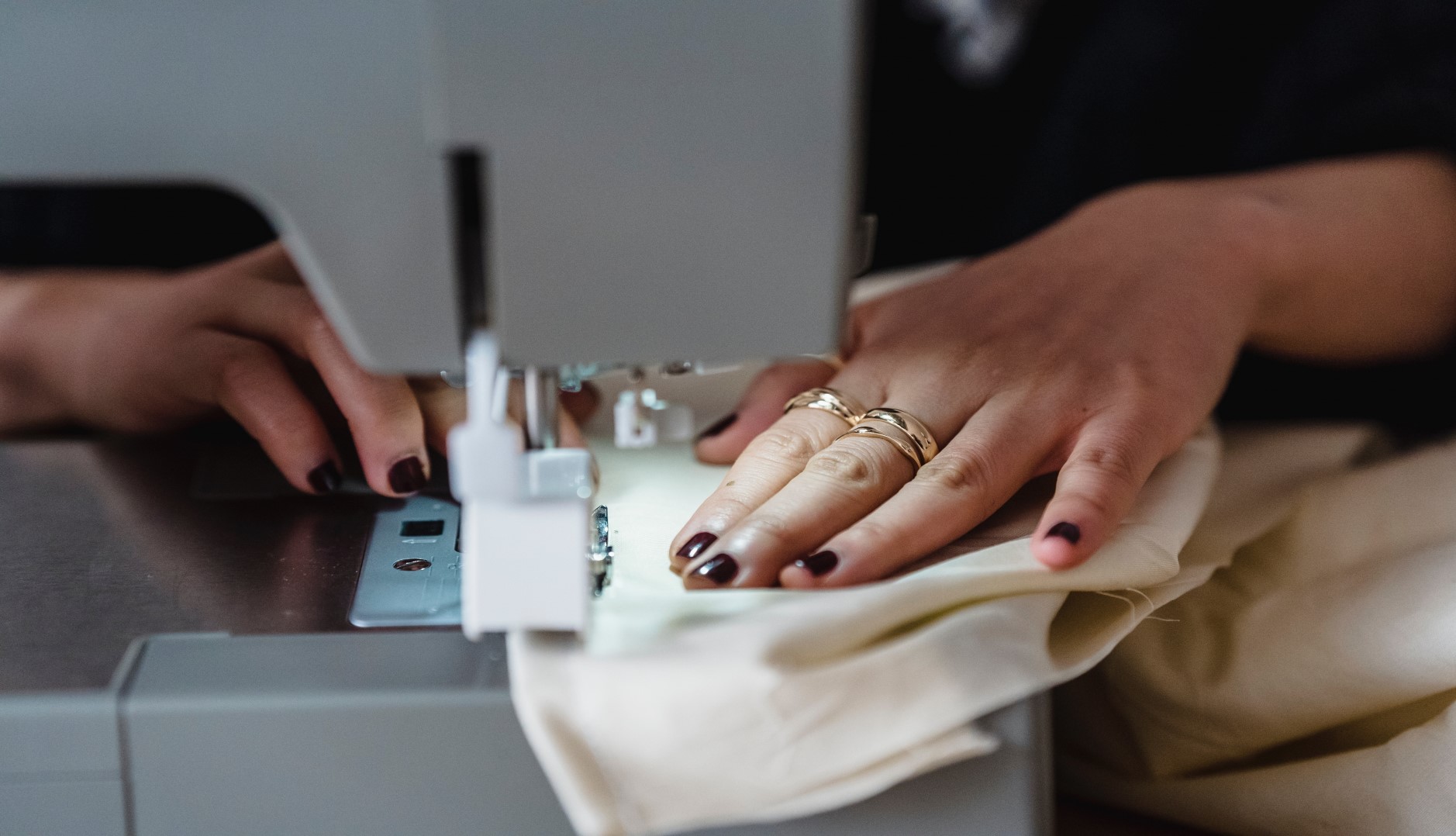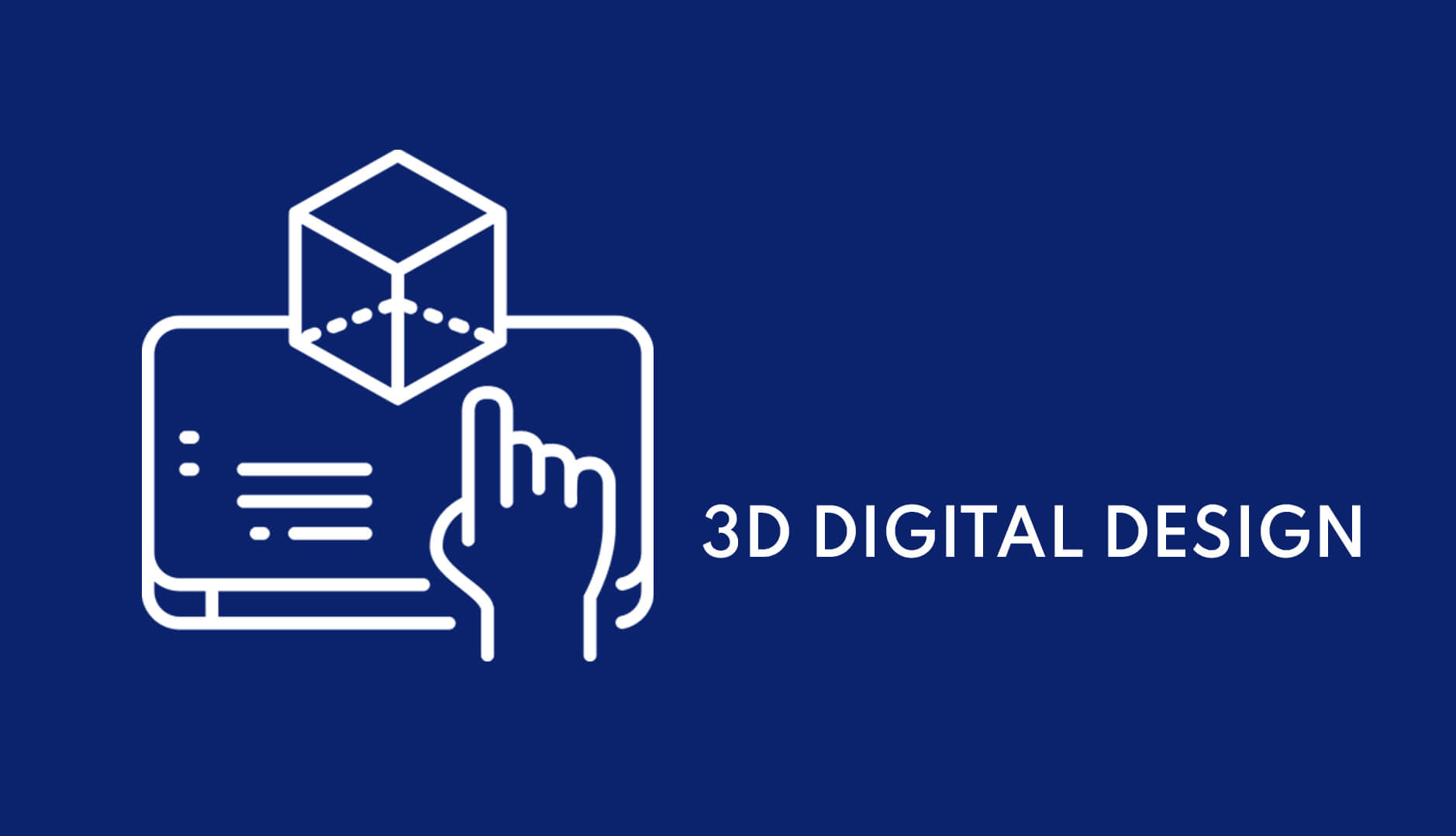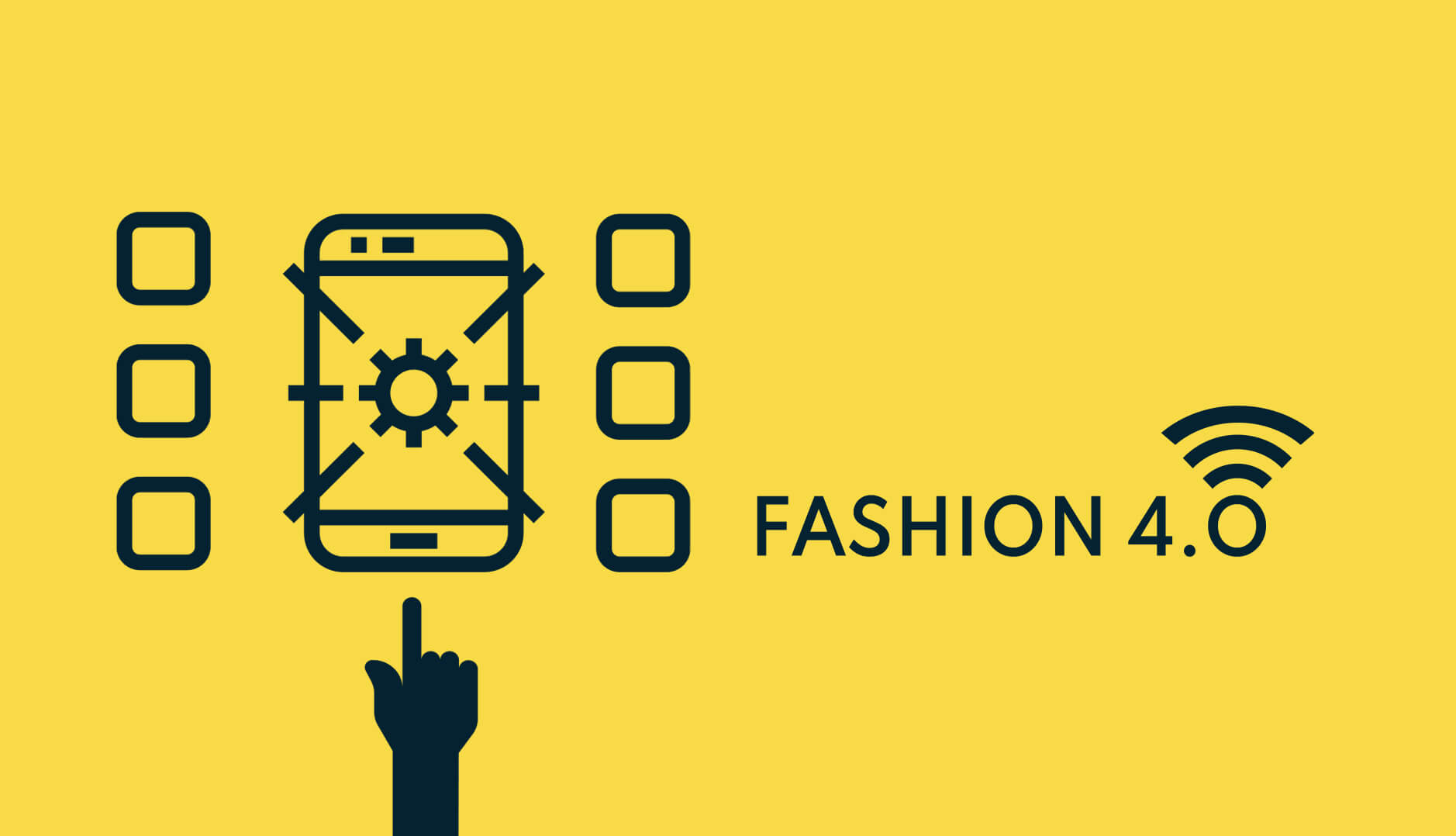3D Digital Design
3D digital design helps brands, design and sample clothing more quickly and with less waste. But to get an accurate look, all the components, including invisible interlinings, must be recreated digitally. We deep dive into this new tech to get the brands ready for this digital journey.
When brands design and sample digitally, achieving a true-to-life look is the goal. 3D Fashion and virtual models have improved the design workflow, setting a new standard for fashion design creation, a faster and more practical approach for the fashion system of tomorrow. Digital fashion design and 3D creation tools are growing rapidly through fashion companies and designers who are willing to reduce their environmental impact and to make fashion design a more efficient process.
Creating digital fashion designs in virtual software platforms is, indeed, the first step of what we call fashion digitization, and not only creating digital content for fashion presentations in social media with real garments.
The aim of 3D digital clothing development in fashion is to eliminate unnecessary physical sampling and waste generated by pattern cutting or fittings. Shortening production and lead times are some of the benefits of virtual garments, also correcting design inaccuracies on the go.
Moreover, there is a deep changing perspective in how we conceive fashion, and how the fashion industry can serve itself from technology for cleaner business practices.
Trim suppliers, 3D design software providers, and fashion houses are digitizing fabric libraries, common hardware including zippers, and now, creating additional elements such as digital interlinings. When these assets are digitized and made available in design tools, they include the item’s physical properties, such as stiffness and weight, which is what enables 3D garments to achieve a realistic look.
Having accurate 3D simulations of each style available is a “competitive edge,” especially with the advent of virtual fittings and try-ons. Brands see 3D as a “new language” that every person involved in the design and development of a style needs to be able to speak. Reducing physical prototypes from four or five to one to two, over many SKUs and many seasons stands to dramatically reduce the number of unsellable garments that are produced. Fashion brands are in various stages of adopting 3D design. The 3D render will not be accurate unless all the physical elements are recreated in the digital design process.
"As virtual fashion shows, inventory-free showrooms and AR-powered fit sessions become more mainstream, the need for realistic digital products is at an all-time high. Realistic digital branding elements and trim are the linchpins to a complete design that are paving the way for accelerated production and speed to market in a manner that the industry previously hadn’t considered a decade ago.
A new generation of designers is growing worldwide, learning new digital skills, and reinventing the traditional ready-to-wear model, making it faster, eco-friendly, completely accurate, and visually stunning, and delivering a real change for the fashion supply chain.
There is a specialized software variety on 3D creation including programs such as CLO3D, Optitex, Marvelous Designer, to name a few.
Currently, you can create, modify, alter and edit a fashion garment in 60% less time than with traditional methodology delivering virtual samples in hours, and working collaboratively and remotely. It is also possible to design garments using virtual fabrics, which allows you to adjust lengths and finishes and doing fittings for virtual avatars, which has led us to question the whole design process.
The fashion designer of the future will be dealing with high-level hybridizations between the physical world and the digital world, uncovering and developing new ways of transforming the design process. Innovating, to put forward cleaner, and more environmentally friendly fashion designs.
Crossing Creative Tech, a Product Digitization service from crossingfashion.io, a Business to Business Digital Fashion Platform enables the Fabric and Garment Manufacturers to digitize their fabric and offer trend-forward 3D digital products ready to be showcased on crossingfashion.io. This helps in reaching out to respective stakeholders in a faster and efficient way and providing 3D Digital Samples to make quick business decisions.








